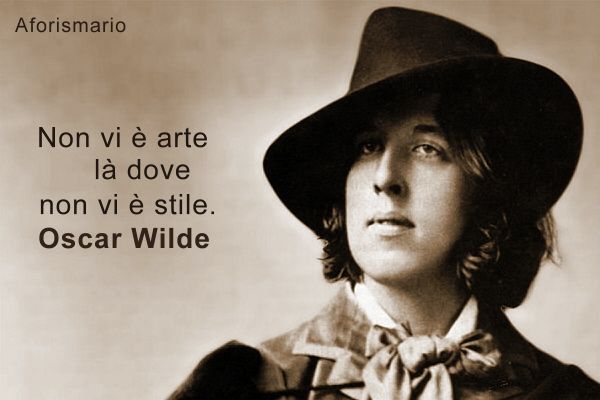«Dat some years I worry that the drops of liquid projected from the mouth of the surgeon or his assistants could cause infections on the wounds of the patients ». Thus began the lesson entitled "On the use of the mask during the operation" of the Professor Paul Berger, French surgeon, before the Paris Surgical Society the 22 February 1899.
When the mask was born
The mask, emblem of the pandemic emergency that catapulted us into a dimension that we are slowly accepting, after having told us that it was useless for months, now it has even become mandatory by decree. And it will probably be like that for a long time.
Determining exactly when they were first used is difficult, but we have some indications. Around in the mid-800th century the German hygienist Carl Flügge proved that normal conversation it could spread droplets from the nose and mouth full of bacteria infecting the surgical wound e confirming the need for a mask to avoid it.
Already in use in the Renaissance
But much earlier that medical science understood that bacteria and viruses can float in the air and make us sick, people had improvised masks to cover their faces.
Christos Lynteris tells it, lecturer in the Department of Social Anthropology at the University of St. Andrews, expert in the history of medical masks. And gives the example of some paintings from the Renaissance period, in which individuals are seen covering their noses with handkerchiefs to avoid disease.
The bubonic plague of 1720
There are even paintings from 1720, who paint a Marseille epicenter of the bubonic plague, in which gravediggers carry bodies with a cloth wrapped around the mouth and nose.
Back then, however, they did it to protect themselves from the air because, at the time, it was believed that the plague was in the atmosphere, emanating from the ground. However, it was in 1897 that doctors began to wear the first masks permanently in the operating room: thanks to the Frenchman Paul Berger.
From handkerchief to filter
In short, although they seem like a simple product, it actually took more than a century to create these sanitary devices like the ones we are in great need of now. But above all to make them really effective.
the premiumin fact, they were little more than a handkerchief tied around the face, and they were unable to filter the air. More than anything else, they prevented the doctor from coughing or sneezing directly on the patient's wounds.
The surgical filter masks can be reached even further: it was, in fact, a plague broke out in Manchuria, what we now know as North China in the fall in 1910 to make a doctor named Lien-teh Wu understand that the only way to contain the contagion spread through the air they were filter masks.
And so he developed a harder type of gauze and cotton, to wrap tightly around the face and to which he added several layers of fabric to filter the inhalations. His invention was a breakthrough and, between January and February 1911, the production of respiratory masks went to exorbitant numbers, becoming essential in countering the spread of the plague.
The N95 mask as we know it was approved on May 25, 1972, and since then technology has made it possible to improve the product more and more, leaving unchanged, for better or worse, the design, which has remained the same as Dr. Wu's.
Article Masks, from handkerchief to filter: history of the essential accessory for our new life seems to be the first of iO Woman.


















































